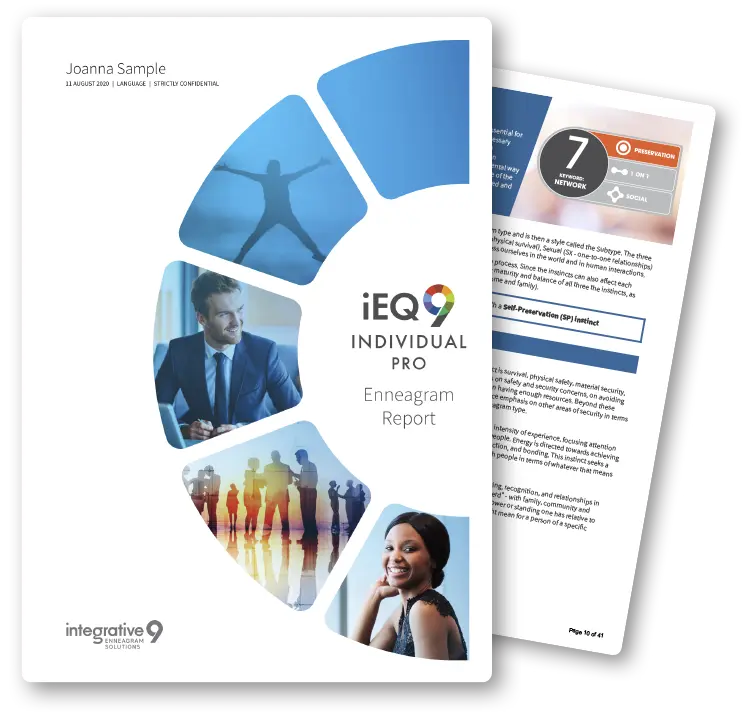
Enneagram Fives have the motivational need to know and understand. Fives value making sense of the world around them and, as a result, objectivity and knowledge are important to them. Fives strive for independence, appreciate privacy and tend to conserve their resources to ensure future independence. At their best, others will experience Fives as visionary and mindful. They offer the gift of non-attachment to themselves and the world. At their worst, others may experience a Five as stingy, intellectually arrogant and disconnected from their heart, as they retreat into their mind to avoid being engulfed or intruded on.
Self-Talk
“The world is intrusive; I must protect my resources and energy so that I can think. I must be self-sufficient and not depend on others too much. I must understand and make sense of my world. I don't need much but I need my space.”

Fives enjoy spending time alone and are never bored when doing so. They place a very high premium on privacy, although what they consider 'private' is a personal definition. Their private time is time to recharge and build up their resources, which enables Fives to set clear boundaries and limits. Independence and autonomy are extremely important to Fives, who would prefer to scale down or do without rather than having to increase dependency on others. This may lead them to adopt a frugal and minimalist lifestyle, or can also lead to hoarding. Fives generally work very carefully with resources. In social settings, Fives may be quite withdrawn unless a topic relates to their field of expertise. They are then more inclined to sharing a great deal of information with others.
Fives are very cerebral in their orientation and believe that knowledge is power. They have a hunger for knowledge and understanding that leads them to explore information in great depth. They may have a voracious appetite for information on certain topics and enjoy building real expertise and wisdom based on these. The mind is their refuge and detachment, objectivity and reliability are important to Fives. They have the ability to categorise information, events and people into partitions in their mind. This enables them to keep various interests separate and creates very strong boundaries between different aspects of their life and relationships.
Fives tend to intellectualise feelings and trust their mind to make sense of what they are experiencing on an emotional level. Their preference for the objective may make it difficult for Fives to differentiate between thoughts and feelings. Fives are easily drained by emotionally charged situations and open-ended events or projects. Their thinking often reflects tiredness, largely from a relentless managing of personal energy and resources. Their ability to detach from emotions happens almost automatically and instantly in the moment and Fives will then relive and review these feelings when they choose to do so. This extreme form of detachment is normally a habitual pattern fuelled by the need to take control of emotions. Detachment is a way of protecting against the pain of emotions and Fives may become so detached that they disengage from life or appear cold to others.
Click below to explore the Wings
Type 5 Wing 4: Type 5 Wing 6:The Enneagram Five's drive to seek understanding and to be self-sufficient is expressed differently by the three Subtypes.




The Integrative Enneagram Questionnaire is a dynamically adaptive intelligent assessment. It will take you about 30 minutes to complete and it will measure: Enneagram Profile, 27 Subtypes, Centers, Wings, Lines, Levels of Integration and 6 dimensions of Strain.
Get Your Type